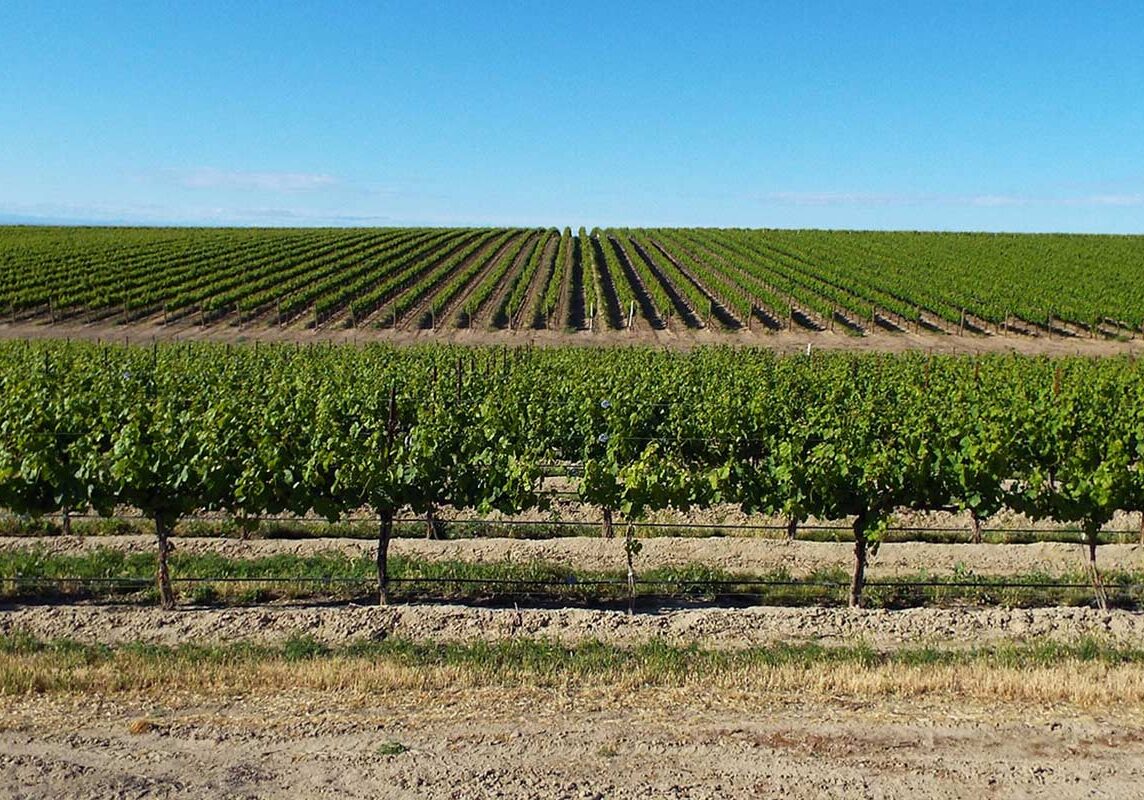Uncommon Terroir
We don’t get as much media play as Red Mountain or Walla Walla, but at 17,000 planted acres the Horse Heaven Hills is well known for its grape-growing climate and steep south-facing slopes. Home to Washington State’s first three 100-point scoring wines, this region is widely regarded as an ideal place to grow wine grapes.

Soil
Deposited by the Missoula Floods, our high pH soils are a one-of-a-kind mixture of silt, clay, limestone, and calcium. Silty top layers provide excellent drainage, while deep clay retains moisture deep in the soil. Roots work hard to reach water during the hottest parts of the season, leading to ideal levels of grape-vine stress.

Wind
The Horse Heaven Hills receives 30% more wind than most other wine-growing regions in Washington. Wind provides moderating benefits during the hottest part of the season. Wind helps keep the canopy dry, providing natural protection against mold and rot.
Rain
The best wine grapes come from vines that have endured a little scarcity. Because our corner of the Horse Heaven Hills receives 30% less rainfall than the rest of the AVA, we are able to carefully control how much water the grapes receive for ideal canopy and berry development.

Sun
Like most vineyards in the Horse Heaven Hills, our vines see over 300 days of sunshine every year. However, due to our site’s unique micro-climate, we receive nearly 10% more heat units than even our closest neighbors. Our fruit ripens earlier, but our natural drainage and late frosts allow for long hang times when needed.

Respect for the Land
We are proud to be part of the Horse Heaven Hills AVA, and we are committed to protecting its natural resources. From our irrigation practices, to our integrated pest management techniques, to the way we tend to each vine, everything we do is in the name of preservation and sustainability. After all, we’ll be passing this on to the next generation someday.

